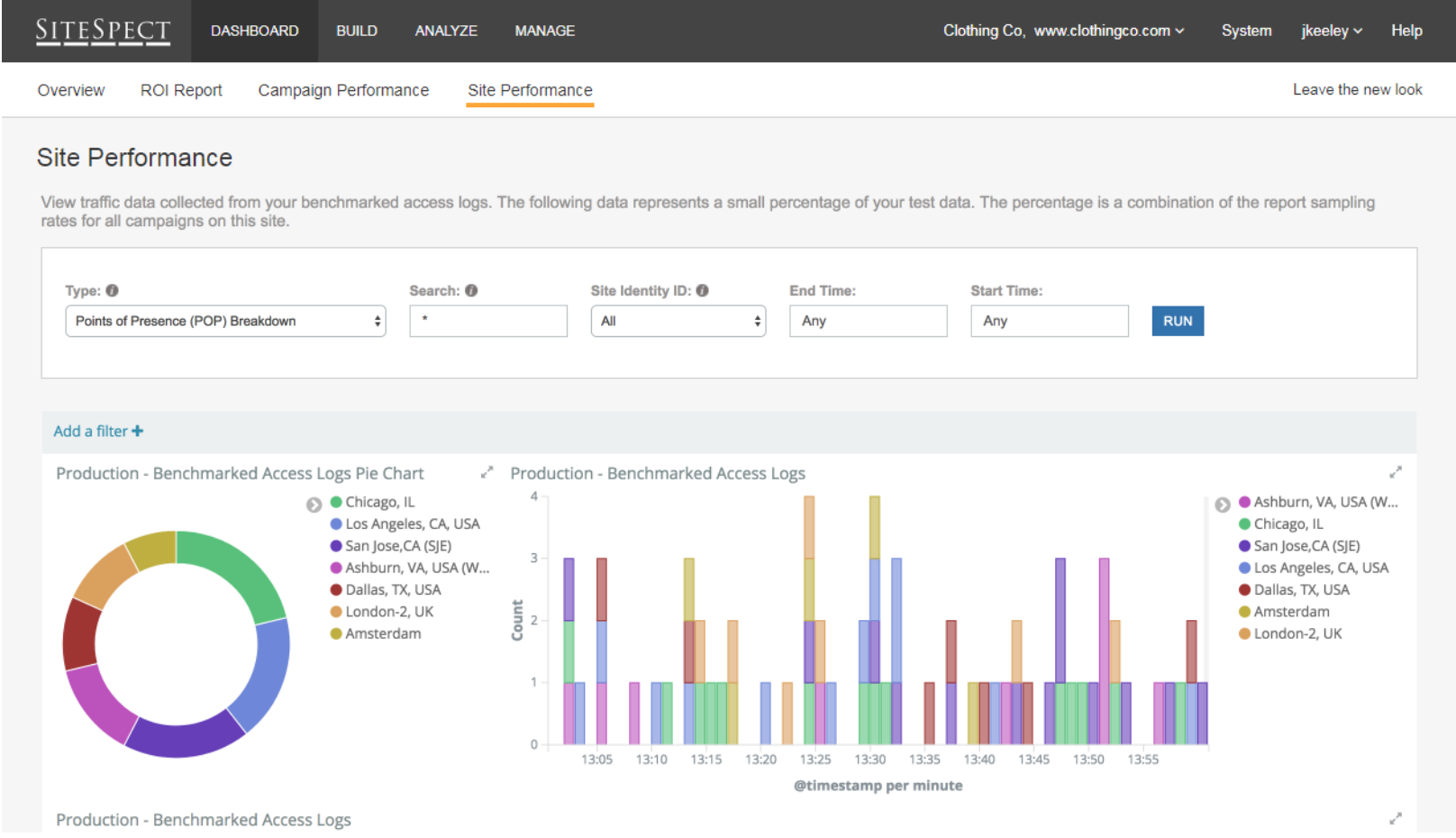
SiteSpect: Complete Buyer's Guide
Server-side A/B testing platform without JavaScript tag dependencies
SiteSpect positions itself as the server-side A/B testing platform that eliminates JavaScript tag dependencies while delivering enterprise-grade optimization capabilities for ecommerce businesses.
Market Position & Maturity
Market Standing
SiteSpect operates as an established player in the A/B testing market with a focus on technical differentiation rather than market share dominance.
Company Maturity
Company maturity indicators suggest operational stability with documented enterprise customer relationships spanning outdoor gear (Cabela's) and footwear (Weyco Group) industries [40][46].
Growth Trajectory
The vendor's reported 97% renewal rate across clients achieving 5–10x ROI indicates customer retention, though independent verification of these metrics remains limited [54].
Industry Recognition
Industry recognition appears limited compared to market leaders, with most validation coming from customer testimonials rather than independent analyst recognition.
Longevity Assessment
The vendor's longevity assessment benefits from its established customer base and technical differentiation, but faces competitive pressure from platforms offering more sophisticated AI capabilities.
Proof of Capabilities
Customer Evidence
Weyco Group's 408% revenue boost through the "Aha Moment Test" represents the platform's most compelling performance evidence [40][42].
Quantified Outcomes
Weyco Group achieved a 408% revenue increase through SiteSpect's "Aha Moment Test" on cart pages [40][42].
Case Study Analysis
Cabela's implementation showcases consistent testing velocity and support quality, with manager Vince Stephens documenting that the team "ran multiple tests weekly" [40][46].
Market Validation
The platform's G2 rating of 8.32/10 (Winter 2022) reflects positive user feedback on analytics capabilities and support responsiveness [48][50].
Competitive Wins
Competitive wins appear focused on technical implementation scenarios rather than advanced AI capabilities.
Reference Customers
Reference customers span established ecommerce brands including outdoor gear and footwear industries.
AI Technology
Unlike AI-heavy competitors, SiteSpect's technical approach prioritizes implementation control over advanced artificial intelligence capabilities.
Architecture
SiteSpect's technical foundation centers on its proprietary transformation engine architecture that enables server-side testing without JavaScript tag dependencies [41][44].
Primary Competitors
Optimizely, Kameleoon, VWO, Bloomreach
Competitive Advantages
Primary competitive advantages center on technical architecture benefits including elimination of JavaScript tag dependencies, page flicker reduction, and SEO integrity preservation [41][44][46].
Market Positioning
Market positioning creates a specific niche serving organizations willing to invest in technical implementation complexity for architectural advantages.
Win/Loss Scenarios
Win scenarios favor organizations with complex technical requirements seeking alternatives to tag-based competitors, particularly those experiencing page performance issues or SEO concerns with JavaScript-dependent solutions [41][44].
Key Features

Pros & Cons
Use Cases
Pricing
Featured In Articles
Comprehensive analysis of A/B Testing for Ecommerce for Ecommerce businesses and online retailers. Expert evaluation of features, pricing, and implementation.
How We Researched This Guide
About This Guide: This comprehensive analysis is based on extensive competitive intelligence and real-world implementation data from leading AI vendors. StayModern updates this guide quarterly to reflect market developments and vendor performance changes.
59+ verified sources per analysis including official documentation, customer reviews, analyst reports, and industry publications.
- • Vendor documentation & whitepapers
- • Customer testimonials & case studies
- • Third-party analyst assessments
- • Industry benchmarking reports
Standardized assessment framework across 8 key dimensions for objective comparison.
- • Technology capabilities & architecture
- • Market position & customer evidence
- • Implementation experience & support
- • Pricing value & competitive position
Research is refreshed every 90 days to capture market changes and new vendor capabilities.
- • New product releases & features
- • Market positioning changes
- • Customer feedback integration
- • Competitive landscape shifts
Every claim is source-linked with direct citations to original materials for verification.
- • Clickable citation links
- • Original source attribution
- • Date stamps for currency
- • Quality score validation
Analysis follows systematic research protocols with consistent evaluation frameworks.
- • Standardized assessment criteria
- • Multi-source verification process
- • Consistent evaluation methodology
- • Quality assurance protocols
Buyer-focused analysis with transparent methodology and factual accuracy commitment.
- • Objective comparative analysis
- • Transparent research methodology
- • Factual accuracy commitment
- • Continuous quality improvement
Quality Commitment: If you find any inaccuracies in our analysis on this page, please contact us at research@staymodern.ai. We're committed to maintaining the highest standards of research integrity and will investigate and correct any issues promptly.